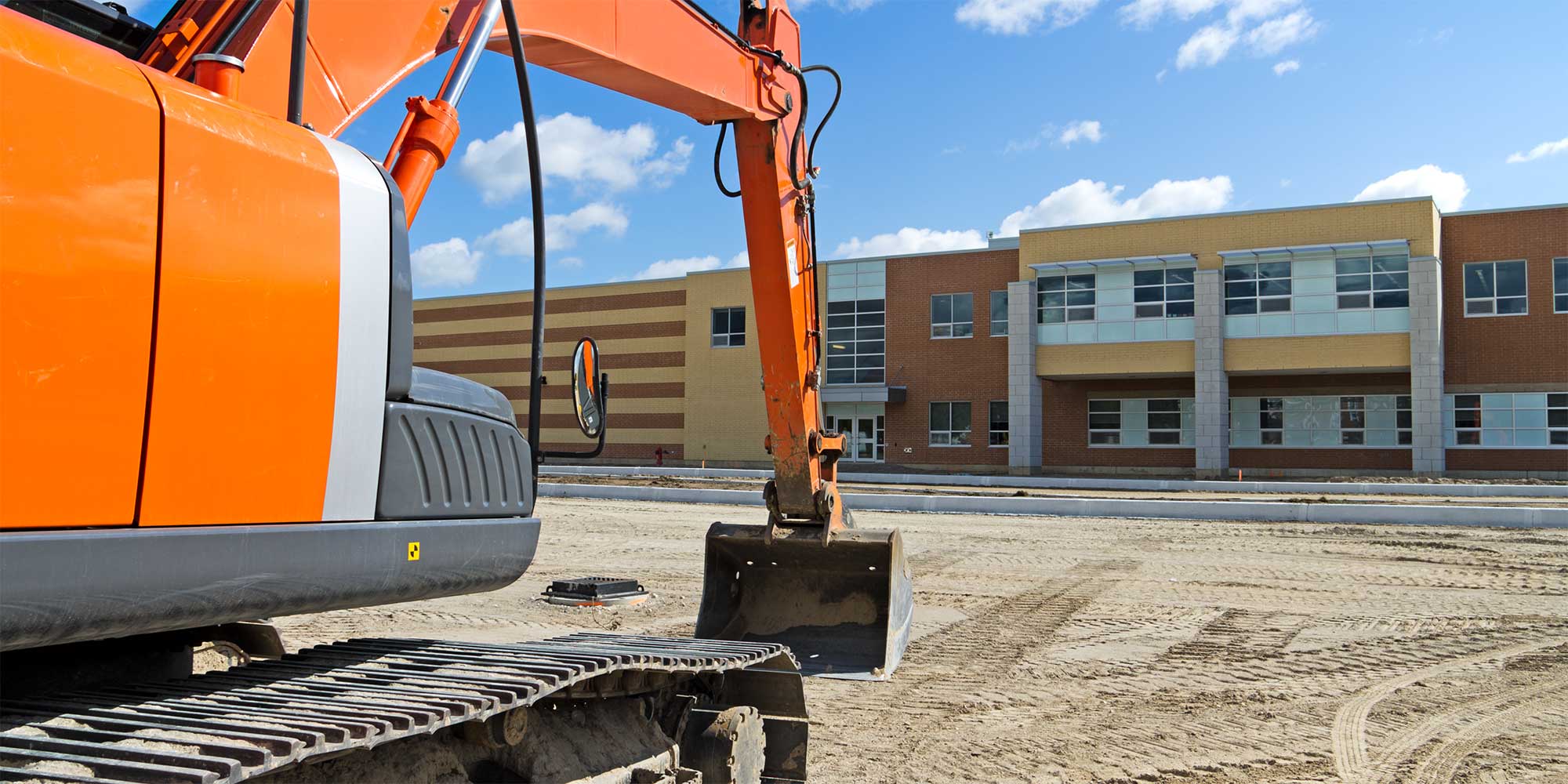
Funds would be available for the renovation and upgrade of existing classrooms, for campuses that increase student and staff safety, for classrooms and laboratories that enhance teaching and learning, for the construction and expansion of schools to accommodate growth, and for career technical education facilities to improve job and career training. A growing body of research has found that school facilities have a great impact on both student outcomes and issues such as teacher recruitment and retention.
In 2016, voters approved Proposition 51, which allocated $9 billion to school facilities. However, all of that bond funding has already been allocated, with districts and county offices waiting for the approval of roughly $2 billion in new construction and $2.6 billion in modernization projects. Forty-six and 61 school districts, respectively, are awaiting Prop 51 funds on the unfunded list for either new construction or modernization, according to the Office of Public School Construction. In an EdSource webinar that CSBA participated in last summer, Murdoch, Walrath & Holmes Legislative Advocate and Elk Grove Unified School District board member Nancy Chaires Espinoza emphasized the ongoing and urgent need for facilities funding. “New applications are being submitted at an annual rate of $600 million for new construction and twice that for modernization,” she said. The money that districts receive from Proposition 98 and the Local Control Funding Formula does not provide dedicated funding for school facilities.
The Public Preschool, K-12, and College Health and Safety Bond Act of 2020 includes some safeguards for small and low-income districts that differ from the previous first-come, first-served system. Applications from districts with critical health and safety issues will be considered first, followed by districts qualifying for financial hardship, schools needing to remove lead in water, applications from the previous cycles that have not received funding, districts facing overcrowding, and district scores on a new scale measuring capability to fund school construction and the percentage of low-income, English learners, and foster and homeless students enrolled.
There was also consensus that conducting a comprehensive needs assessment and creating a facilities master plan should be the first steps for districts that have not already completed or updated these documents. In fact, the passage of Proposition 13 would require districts to create a five-year school construction plan. Board members should also keep in mind a trio of critical issues: the scope, budget and timeline of a project, said Tahir Ahad, president and CEO of Total School Solutions. Whether a district turns to its community to pass its own bond or wants to encourage them to pass a state bond, campaign specialist Joy Tatarka of the firm TBWB said keeping the focus on student impacts is paramount. “What people care about is what happens in your classroom; so make it about kids in your classroom, not bricks and mortar,” she said.